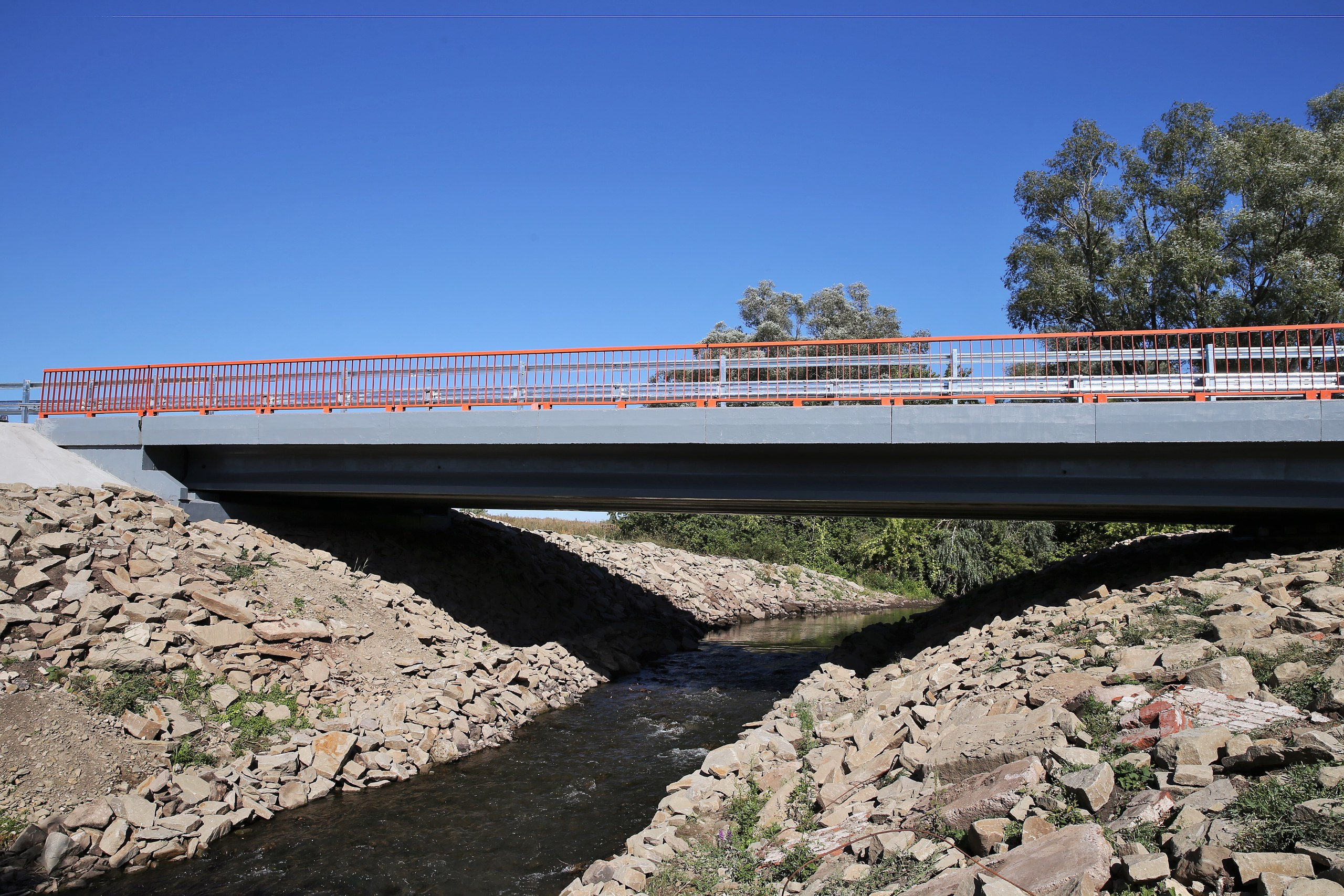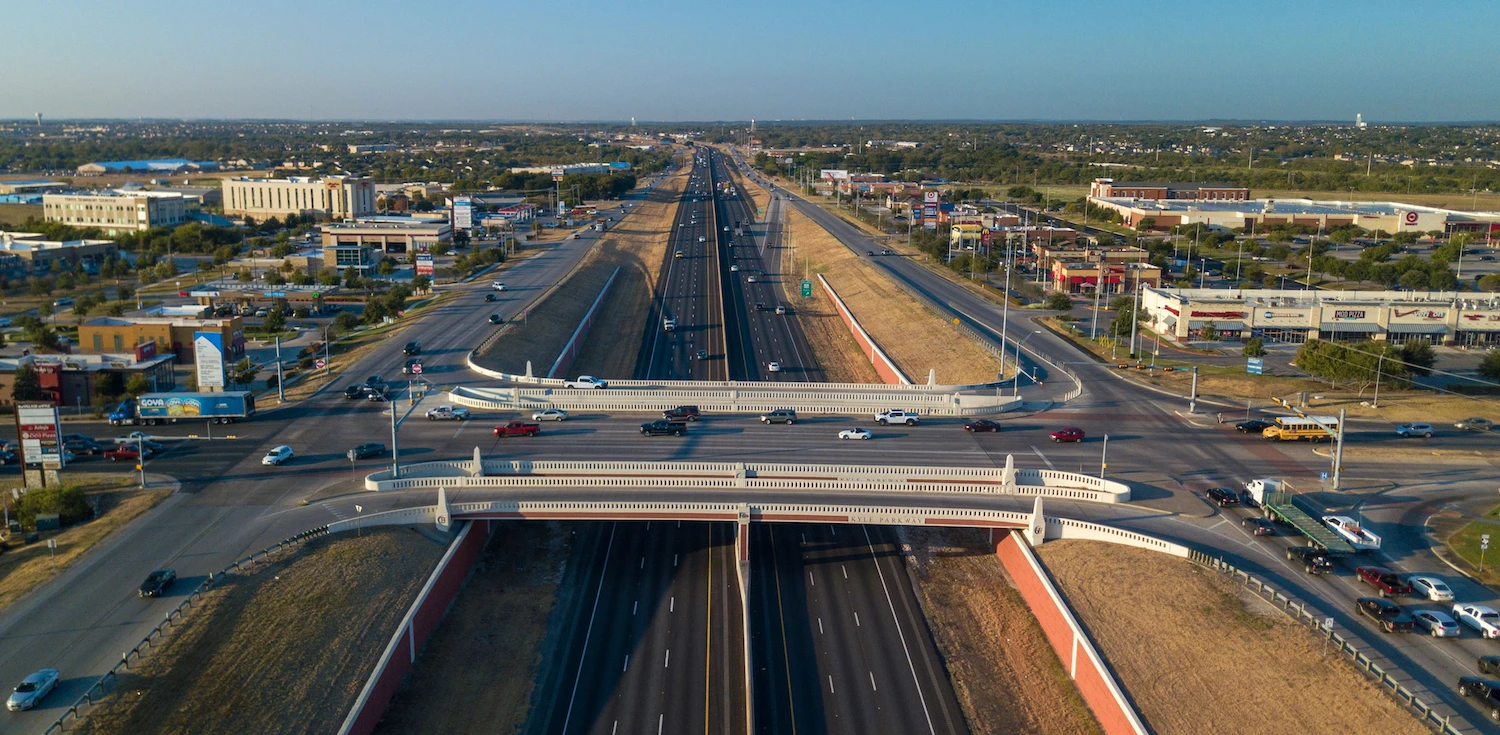Understanding Congestion Pricing: What It Is, When It Works, and Its Purpose
Congestion pricing is a market-based strategy designed to reduce traffic congestion by charging fees for the use of roads, especially during peak travel times. By applying economic principles to transportation systems, this approach aims to improve traffic flow, reduce pollution, and fund infrastructure investments. This report explores what congestion pricing is, when it works, why it is used, and its overarching purpose.
What Is Congestion Pricing?
Congestion pricing is a dynamic tolling system that adjusts charges based on traffic volume and time of day. It is rooted in the concept of negative externalities—costs incurred by society due to individual actions, such as traffic delays and air pollution caused by excessive road usage. By imposing fees on drivers during high-demand periods, congestion pricing encourages alternative travel behaviors, such as carpooling, using public transportation, or traveling at non-peak hours.
There are four main types of congestion pricing:
- Cordon Pricing: Drivers are charged when entering a specific area, often a city center.
- Area-Wide Pricing: Fees are applied for driving within a designated zone.
- Dynamic Pricing: Tolls fluctuate based on real-time traffic conditions.
- High-Occupancy Toll (HOT) Lanes: Drivers of single-occupancy vehicles pay to access lanes reserved for high-occupancy vehicles.
When Does Congestion Pricing Work?
Congestion pricing works best in urban areas with significant traffic issues and robust public transportation systems. Cities like London, Stockholm, and Singapore have successfully implemented such systems. Key factors contributing to the effectiveness of congestion pricing include:
- Availability of Alternatives: For congestion pricing to be effective, commuters need accessible and reliable alternatives, such as buses, trains, or cycling infrastructure. Without these options, drivers may view the tolls as punitive rather than beneficial.
- Clear Communication: Public understanding and support are critical. Cities must clearly explain how revenues will be used, such as funding transit improvements or reducing other taxes, to gain public trust.
- Technological Infrastructure: Efficient toll collection systems, such as electronic tags and cameras, minimize disruptions and ensure seamless operation.
- Tailored Pricing Models: Adjusting tolls based on location, time, and demand ensures that pricing strategies effectively target congestion hotspots.
Why Is Congestion Pricing Used?
Congestion pricing addresses several critical urban challenges:
- Reducing Traffic Congestion: By discouraging non-essential travel during peak hours, congestion pricing alleviates road crowding, allowing traffic to move more efficiently. In Stockholm, traffic volume decreased by 22% following the introduction of congestion charges.
- Minimizing Environmental Impact: Traffic congestion significantly contributes to air pollution and greenhouse gas emissions. By reducing the number of vehicles on the road, congestion pricing lowers emission levels. For example, London’s program reduced nitrogen oxide emissions by 13.5% in its first year.
- Encouraging Behavioral Change: Pricing strategies incentivize commuters to explore alternative transportation modes or adjust travel times, leading to long-term shifts in urban mobility patterns.
- Generating Revenue for Public Projects: The funds collected from congestion pricing are often reinvested into transportation infrastructure, such as expanding public transit systems, maintaining roads, or creating pedestrian-friendly spaces.
What Is the Purpose of Congestion Pricing?
The overarching purpose of congestion pricing is to promote sustainable urban mobility by balancing demand for road use with available capacity. Key objectives include:
- Enhancing Urban Livability: Reducing traffic congestion improves the quality of life for city residents by shortening commute times, improving air quality, and creating safer streets for pedestrians and cyclists.
- Addressing Economic Costs: Traffic congestion imposes significant economic costs, including wasted fuel, delayed deliveries, and lost productivity. Congestion pricing helps mitigate these costs by optimizing traffic flow.
- Supporting Climate Goals: As cities aim to meet climate targets, congestion pricing serves as a tool to reduce carbon emissions and promote environmentally friendly transportation options.
- Ensuring Fair Resource Allocation: Roads are a finite resource. Congestion pricing ensures that those who benefit most from road use—such as drivers during peak hours—bear the costs associated with maintaining and expanding transportation infrastructure.
Case Studies
Success Story: Stockholm Stockholm’s congestion pricing trial in 2006 achieved remarkable results. Traffic volumes dropped by 22%, public transit use increased, and emissions decreased by 14%. The public’s initial skepticism transformed into broad support, leading to the system’s permanent implementation. Revenues were reinvested into improving public transit, making Stockholm’s model a global benchmark.
Challenges: New York City’s Delays New York City’s congestion pricing plan, approved in 2019, has faced repeated delays due to legal and political challenges. Opposition from neighboring states and disagreements over toll rates have stalled progress, highlighting the importance of stakeholder alignment and transparent planning.
Conclusion
Congestion pricing is a powerful tool for managing urban traffic and fostering sustainable transportation systems. By reducing congestion, cutting emissions, and funding infrastructure improvements, it offers a multifaceted solution to some of the most pressing challenges faced by modern cities. While implementation requires careful planning and public engagement, the long-term benefits of congestion pricing make it an essential strategy for cities striving to enhance mobility, sustainability, and livability.
At Front Line Advisory Group, we are pioneers in Capital Improvement Bond Management, leveraging unparalleled expertise and deep industry insights. Our mission extends beyond consultation – we empower our clients to realize the full potential of their investments, ensuring tax dollars are put to maximum use through astute Program Management Consulting. For more information or to commence your journey towards transformative bond management, reach out to us at info@frontlineadvisorygroup.com













